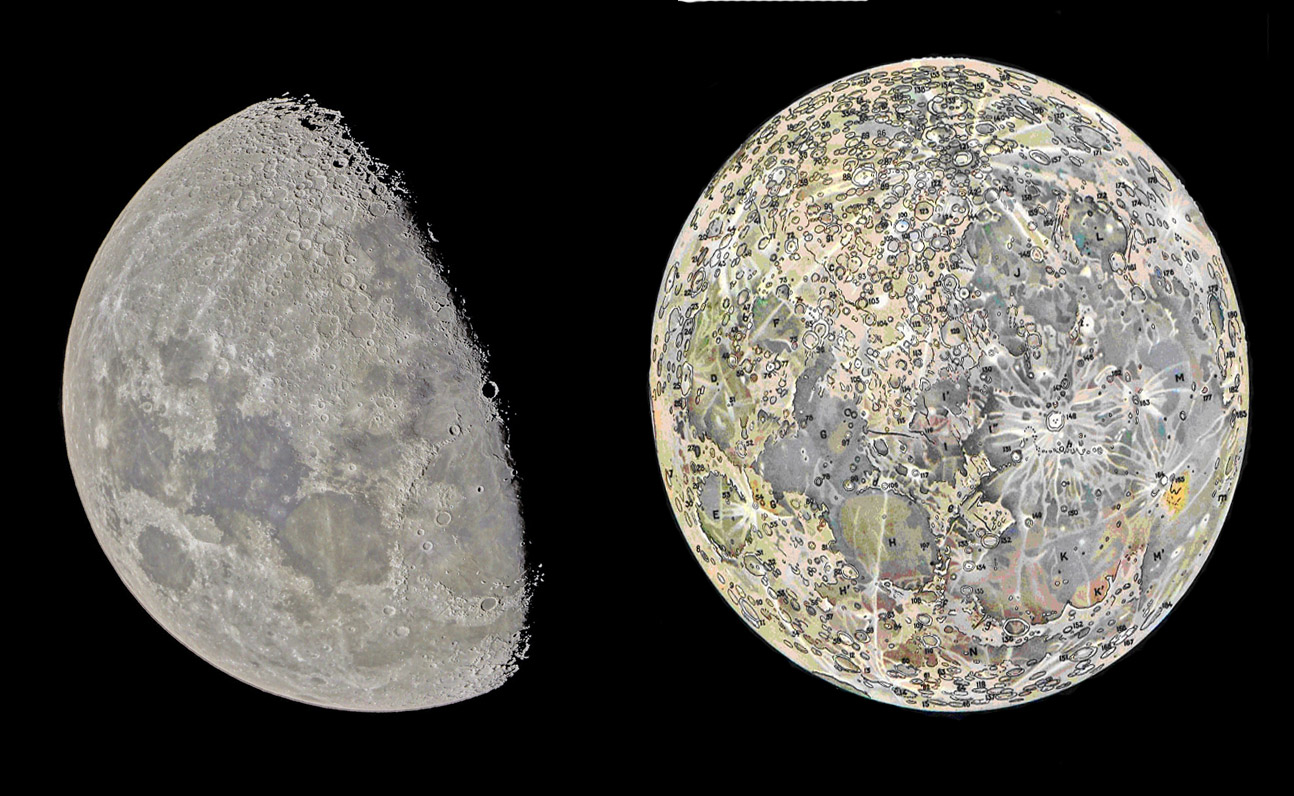Difference between revisions of "February 24, 2013"
| Line 1: | Line 1: | ||
__NOTOC__ | __NOTOC__ | ||
=Camouflage Moon= | =Camouflage Moon= | ||
| − | |||
<!-- ws:start:WikiTextHeadingRule:0:<h1> --> | <!-- ws:start:WikiTextHeadingRule:0:<h1> --> | ||
<!-- ws:start:WikiTextLocalImageRule:6:<img src="/file/view/LPOD-Feb24-13.jpg/409421462/LPOD-Feb24-13.jpg" alt="" title="" /> -->[[File:LPOD-Feb24-13.jpg|LPOD-Feb24-13.jpg]]<!-- ws:end:WikiTextLocalImageRule:6 --><br /> | <!-- ws:start:WikiTextLocalImageRule:6:<img src="/file/view/LPOD-Feb24-13.jpg/409421462/LPOD-Feb24-13.jpg" alt="" title="" /> -->[[File:LPOD-Feb24-13.jpg|LPOD-Feb24-13.jpg]]<!-- ws:end:WikiTextLocalImageRule:6 --><br /> | ||
| − | <em>left image by [mailto:tosi.philippe@wanadoo.fr Philippe Tosi], and right from Larouse Encyclopedia of Astronomy</em><br /> | + | <em>left image by [mailto:tosi.philippe@wanadoo.fr" rel="nofollow Philippe Tosi], and right from Larouse Encyclopedia of Astronomy</em><br /> |
<br /> | <br /> | ||
As soon as I saw Phillipe's delicate pastel image I immediately thought of Lucien Rudaux' map of lunar colors. <br /> | As soon as I saw Phillipe's delicate pastel image I immediately thought of Lucien Rudaux' map of lunar colors. <br /> | ||
| − | The map appears in the 1967 volume, <em>Larouse Encyclopedia of Astronomy</em> and is also [http://www.mikeoates.org/mas/projects/mooncolour/intro.htm#1 online]; the earliest <br /> | + | The map appears in the 1967 volume, <em>Larouse Encyclopedia of Astronomy</em> and is also [http://www.mikeoates.org/mas/projects/mooncolour/intro.htm#1" rel="nofollow online]; the earliest <br /> |
| − | version I've seen is from [http://www.amazon.com/Print-Lucien-Rudaux-Lunar-Landscape/dp/B005DH3QHY 1928]. Rudaux, like today's Bill Hartmann, was an astronomer as well as a talented <br /> | + | version I've seen is from [http://www.amazon.com/Print-Lucien-Rudaux-Lunar-Landscape/dp/B005DH3QHY" rel="nofollow 1928]. Rudaux, like today's Bill Hartmann, was an astronomer as well as a talented <br /> |
artist. He apparently had extremely sensitive color vision for his map depicted hues that are remarkably con-<br /> | artist. He apparently had extremely sensitive color vision for his map depicted hues that are remarkably con-<br /> | ||
sistent with modern color saturated images - see for example the details along the western edge of Mare Seren-<br /> | sistent with modern color saturated images - see for example the details along the western edge of Mare Seren-<br /> | ||
| Line 15: | Line 14: | ||
area on Phillipe's image that the color momentarily seems more conspicuous.<br /> | area on Phillipe's image that the color momentarily seems more conspicuous.<br /> | ||
<br /> | <br /> | ||
| − | <em>[mailto:tychocrater@yahoo.com Chuck Wood]</em><br /> | + | <em>[mailto:tychocrater@yahoo.com" rel="nofollow Chuck Wood]</em><br /> |
<br /> | <br /> | ||
<strong>Technical Details</strong><br /> | <strong>Technical Details</strong><br /> | ||
Revision as of 22:42, 4 January 2015
Camouflage Moon

left image by " rel="nofollow Philippe Tosi, and right from Larouse Encyclopedia of Astronomy
As soon as I saw Phillipe's delicate pastel image I immediately thought of Lucien Rudaux' map of lunar colors.
The map appears in the 1967 volume, Larouse Encyclopedia of Astronomy and is also " rel="nofollow online; the earliest
version I've seen is from " rel="nofollow 1928. Rudaux, like today's Bill Hartmann, was an astronomer as well as a talented
artist. He apparently had extremely sensitive color vision for his map depicted hues that are remarkably con-
sistent with modern color saturated images - see for example the details along the western edge of Mare Seren-
itatis. Radaux' most intense color is the Aristarchus Plateau, which even I once saw with a mustard hue. It must
be some trick of the eye but I find that if I look closely at Rudaux's map and then switch quickly to the same
area on Phillipe's image that the color momentarily seems more conspicuous.
" rel="nofollow Chuck Wood
Technical Details
Self made newton 410mm F/5.6 + eos 5DMII. Exposures: 1/100; 1/200; 1/400; 1/800; 1/1600; 1/3200; 1/6400 sec;
process by photomatix 4.2 pro developed by HDRsoft (fusion of exposures)



